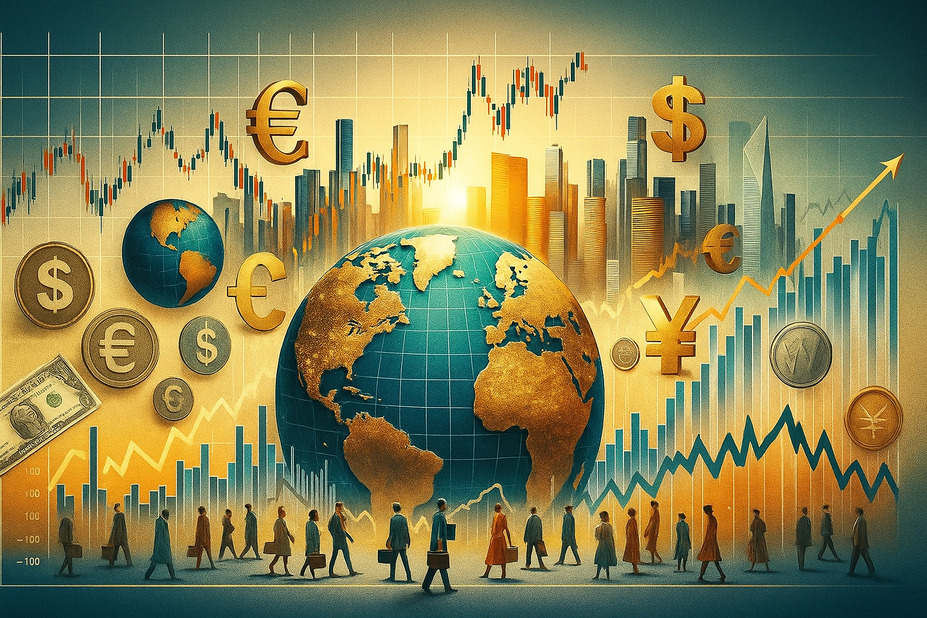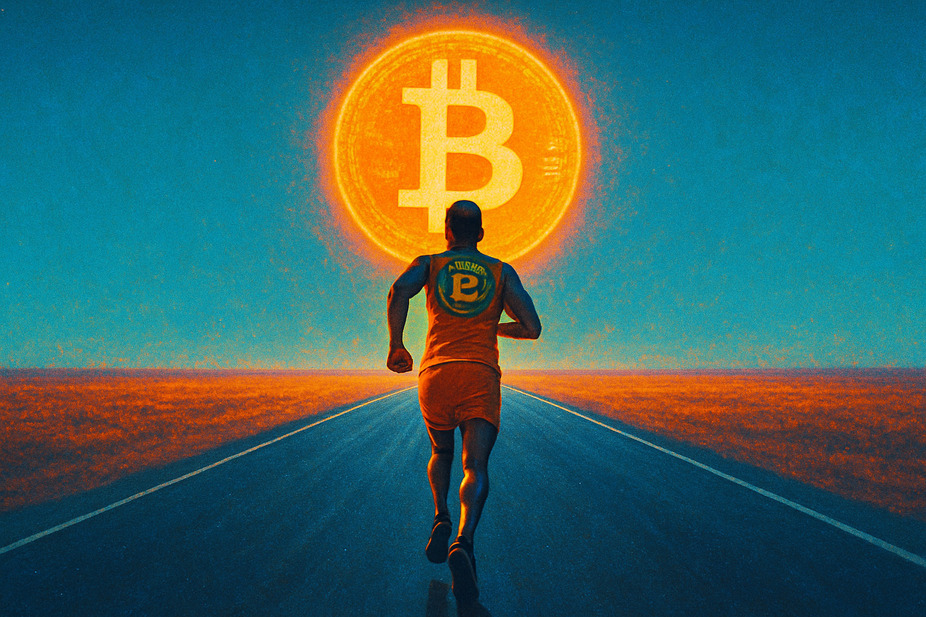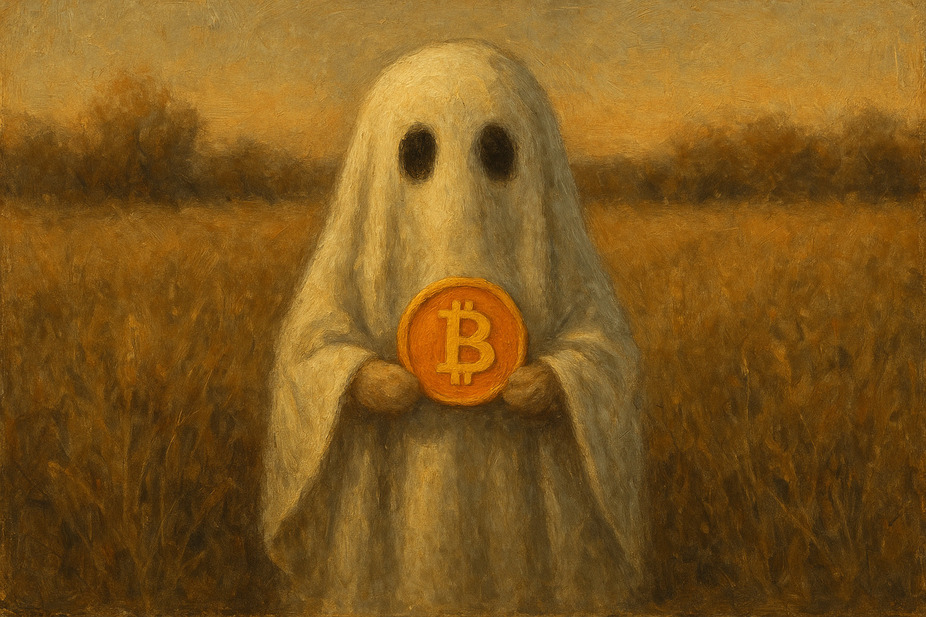Understanding the irrational human: how behavioral economics changes the game

Introduction
We like to think we’re rational beings, carefully weighing options and making the best choices for ourselves. Classical economics certainly assumes that’s the case. But what if we’re not so rational after all? What if our emotions, biases, and quirks of thinking play a much bigger role in our decisions than we realize?
That’s where behavioral economics comes in. It’s a field that challenges the traditional view of the “economic man,” and it’s changing how we understand everything from why we buy what we buy to how financial markets behave. ForkLog’s new article takes a closer look at behavioral economics: how it came about, why it’s so influential, and the ongoing debates surrounding it.
The roots of irrationality: beyond classical theory
For a long time, economics was built on the idea that people act rationally. The value of something was thought to depend simply on how much of it you had – that first piece of cake is amazing, the second is good, but by the tenth, you’re probably not interested anymore. This idea, combined with mathematical models, formed the basis of classical economics.
But real life is messier than that. People don’t always make sense. Behavioral economics emerged as a way to explain these “deviations” from rationality. It suggests that our decisions are often influenced by things we don’t even realize, like our emotions, the people around us, and the little mental shortcuts our brains use to cope with a complex world.
Believe it or not, the seeds of this idea were planted long ago. Even Adam Smith, the father of modern economics, wrote about the importance of emotions and social considerations in his “Theory of Moral Sentiments.” In the 20th century, as cognitive psychology developed, it became clear that our “irrationality” isn’t random – it’s systematic and predictable. Behavioral economics blossomed as a way to connect these insights about individual behavior to the bigger picture of how the economy works. It offered a fresh perspective on everything from markets to investments to government policies.
One of the key figures in this shift was Herbert Simon, who introduced the concept of “bounded rationality.” Simon argued that we simply don’t have the time, information, or brainpower to make perfectly rational decisions. Instead, we use simplified rules and shortcuts to navigate the world. This idea became a cornerstone for understanding real-world human behavior and fueled further research in behavioral economics.
Another major breakthrough came in 1979, when Daniel Kahneman and Amos Tversky published their famous paper on “Prospect Theory.” This theory explains how people make choices when there’s a risk involved. According to Kahneman and Tversky, we don’t evaluate gains and losses objectively. Instead, we compare them to a reference point and tend to feel the pain of a loss more strongly than the pleasure of an equivalent gain. The way choices are presented (the “framing” effect) also matters. For example, people are more likely to choose a surgery with a “90% survival rate” than one with a “10% mortality rate,” even though they’re the same thing! Prospect Theory revolutionized the study of rationality and laid the foundation for behavioral economics.
Richard Thaler, a prominent figure in behavioral economics, demonstrated how small tweaks to our environment can significantly impact our behavior. His concept of “nudging” proposes that we can guide people toward better choices by carefully designing incentives. For example, automatically enrolling employees in a pension program or placing healthy foods at eye level in a cafeteria can encourage people to make better decisions without restricting their freedom. Thaler also explored how limited rationality, social preferences, and self-control issues cause people to act against their own long-term interests. He won the Nobel Prize in 2017, and humorously said he’d try to spend the prize money as irrationally as possible to illustrate his life’s work.
Robert Shiller, another Nobel laureate (2013), applied behavioral principles to the world of finance, where irrationality is often on full display. He showed how psychological factors like excessive optimism and panic can lead to market bubbles and crashes. Shiller’s analysis of the dot-com bubble in the late 1990s and the 2008 financial crisis demonstrated that markets are not always efficient. He emphasized the importance of “narrative economics,” the stories and expectations that drive investor behavior and create cycles of boom and bust.
How we trip ourselves up: irrationality in action
Behavioral economics highlights that human decisions often stray from the path of rational models. It’s not just random, though. These deviations are systematic, predictable, and influenced by psychological, emotional, and social factors. Understanding these patterns allows us to analyze how they impact our economic behavior.
Several core concepts explain why we often act irrationally:
- Bounded rationality: We can’t always make perfect decisions because we have limited information, time, and brainpower. We use shortcuts called “heuristics,” which can sometimes lead us astray. Kahneman’s riddle about the baseball bat and ball ($1.10 total, bat costs $1 more than the ball – how much is the ball?) is a great example. Most people quickly say 10 cents, but the correct answer is 5 cents. We often make intuitive decisions and then don’t bother to double-check. These shortcuts can lead to cognitive biases like overconfidence, the status quo bias, and the anchoring effect.
- Emotions and social factors: Our feelings, social norms, and the influence of others affect our choices. A famous experiment at the Western Electric plant showed that worker productivity increased when the lighting was changed, regardless of whether it was brighter or dimmer. The reason? The workers felt like they were being observed and that their performance mattered.
- Market inefficiency: When market participants act irrationally, it can lead to mispricing, poor investment decisions, and market anomalies. Thaler showed how things like the January effect (stocks tending to perform better in January) or the momentum effect (stocks that have done well recently tending to continue doing well) can arise from cognitive biases like overconfidence or herd behavior.
Behavioral economics takes its inspiration from psychology and applies it to economic processes. It helps us understand how our irrationality affects markets, policies, and individual decisions.
Heuristics: the mind’s double-edged sword
Heuristics are those mental shortcuts we use to make decisions quickly in uncertain situations. They’re based on experience and intuition, but they can also lead to cognitive biases. By simplifying complex information, they can cause us to overlook important details or overemphasize certain factors, leading to errors in judgment.
There are countless heuristics and biases, and researchers are constantly discovering new ones. Here are just a few examples:
- Anchoring Effect: We tend to rely too heavily on the first piece of information we receive, even if it’s irrelevant. Think about buying a car. If the dealer starts by quoting a price of $30,000 and then offers a “discount” to $25,000, you might think you’re getting a great deal, even if the car is really only worth $20,000.
- Loss aversion (reflection effect): We feel the pain of a loss more strongly than the pleasure of an equivalent gain. Most people would rather take a guaranteed $300 gain than an 80% chance of winning $400. But they’d also prefer an 80% chance of losing $400 than a guaranteed $300 loss.
- Status quo bias: We tend to stick with what we know, even if a change might be better. You might keep your money in a low-interest savings account because you’re afraid to invest, even if you could earn much higher returns elsewhere.
- Endowment effect: We value things more simply because we own them. You might refuse to sell your old car for its market price because you consider it reliable and you’re used to it.
- Framing effect: The way a question or offer is worded can influence our choices. People are more likely to buy meat labeled “95% lean” than meat labeled “5% fat,” even though it’s the same thing.
- Availability heuristic: We estimate the likelihood of an event based on how easily we can recall examples. After seeing news reports about plane crashes, you might be more afraid to fly, even though flying is statistically safer than driving.
- Representativeness heuristic: We judge the probability of an event based on how similar it is to a stereotype. An employer might hire a candidate who “looks like a successful manager,” even if their experience is less relevant than other candidates.
- Gambler’s fallacy: We believe we can influence random events. A casino player might think that their “strategy” of pressing the button on a slot machine increases their chances of winning, even though the outcome is purely random.
Behavioral economics uses these insights to show that economic behavior isn’t just about calculating costs and benefits. It’s about the complex interplay of psychology, emotions, and social norms.
Nudging vs. manipulation: a question of ethics
Behavioral economics isn’t without its critics. Some traditional economists, like Milton Friedman, Gary Becker, and Eugene Fama, argue that people are mostly rational, especially when they’re operating in competitive markets with access to information.
Friedman believed that economic models don’t need to perfectly describe behavior, as long as they accurately predict market outcomes. Fama, famous for the efficient market hypothesis, argued that anomalies pointed out by behavioral economists can often be explained by rational factors or a lack of data, not by systematic irrationality. These critics believe that the dynamics and learning opportunities of real markets push people to make near-optimal decisions, making the conclusions of behavioral economics (often based on experiments) less relevant in complex real-world situations.
Critics also question the methods used in behavioral economics. Experiments and surveys, which are the foundation of much of this research, can be subject to bias. People might not answer truthfully or their answers might not reflect their actual behavior. Traditional economists prefer to focus on “revealed preferences,” what people actually do, rather than what they say they’ll do.
Another area of concern is ethics. Some, like psychologist Nick Chater, worry that “nudging” could be seen as manipulation, especially if people don’t realize their choices are being influenced. It raises the question of how to balance freedom of choice with the desire to help people make better decisions. Despite its successes, behavioral economics remains a field of lively debate, with different perspectives on human behavior and how to study it.
The future: economics with a human touch
Behavioral economics continues to evolve, integrating with other fields like neuroeconomics (studying the brain during decision-making), behavioral finance, and big data analysis. The use of artificial intelligence is also allowing researchers to study behavior in real-time and create more accurate models.
Many countries are even creating special units, like the Behavioral Insights Team in the UK, to apply these principles to solve social problems, such as improving tax compliance or encouraging environmentally friendly behavior. In marketing, behavioral principles are used extensively to shape demand: the anchoring effect is used in pricing, loss aversion in limited-time offers, and social influence in reviews and ratings. Digital design and finance are also using nudging to simplify choices (automatic subscriptions, intuitive interfaces) and increase engagement.
Behavioral economics views people not as rational machines, but as complex beings shaped by psychology, emotions, and social factors. It not only explains why we act irrationally, but also offers tools to manage our desires and actions.
From nudging in public policy to analyzing financial crises, behavioral economics is being applied in many real-world contexts. This is sparking important conversations about the balance between freedom of choice and guiding behavior. It offers a unique perspective on the interaction between people, institutions, and the economy in the face of uncertainty.












